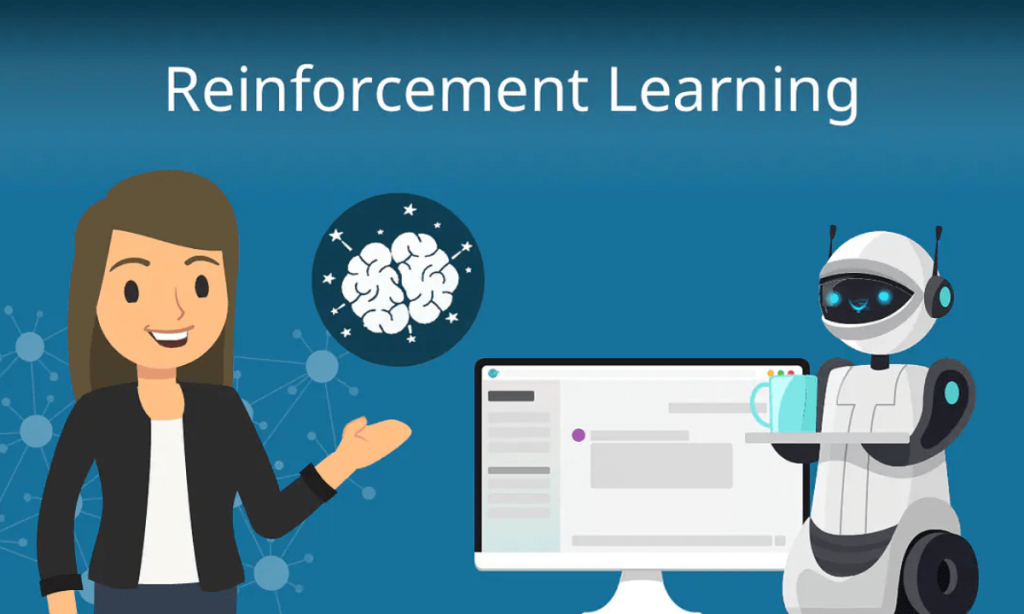
Growing Adoption of Automated CI/CD Pipelines
Automation is the main driver behind the current technological advances. Companies are increasingly implementing automated pipelines for CI/CD to increase the speed of delivering software, decrease the number of mistakes that are created manually, and ensure an equal quality of their code.
With tools such as Jenkins, GitLab CI, and CircleCI, developers can quickly implement and release their code frequently without affecting the workflow. Automation can speed up feedback loops that allow teams to spot problems earlier and release quality software faster.
Integration of AI and Machine Learning in CI/CD
One major trend that will impact CI/CD in 2025 is the implementation of AI and machine learning throughout the entire process of development. AI-powered systems can analyse prior build data, pinpointing the challenges with deployment and recommending the most effective solution.
Machine learning can help in the selection of tests and help reduce the time required for confirming and increasing the reliability of pipelines. This is a process that is automated, and lets DevOps teams collaborate rather than reacting. This results in faster releases and improved performance and reliability of the system.
Emphasis on Security and DevSecOps Practices
Security is now an essential component of Continuous Integration and its application. The introduction of DevSecOps makes sure that security checks are integrated into the CI/CD process rather than being added in the near future.
Automated vulnerability checks, code reviews, and testing of compliance are carried out during every stage of the development process. This proactive approach not only reduces risk, but it can also boost confidence among those who depend on secure software.
Cloud-Native and Containerized Deployment Pipelines
As more companies shift towards cloud-based platforms and pipelines that support CI/CD, they have been changing to support containerized deployments with Docker and Kubernetes. The tools offer scalability and flexibility, while also providing an identical environment for testing, development, and production.
Cloud platforms like AWS, Azure, and Google Cloud are now offering an integrated tool for CI/CD. They simplify the deployment process and boost team efficiency with distributed locations.
Conclusion
The next phase of advancements in CI/CD may be focused on an automated security system and on intelligence and cloud computing for Integration.
Utilizing the benefits of these developments, businesses can improve their systems for software distribution and enhance the protection of the products they offer. They can also stay ahead of their competitors in the ever-changing world of digital.
